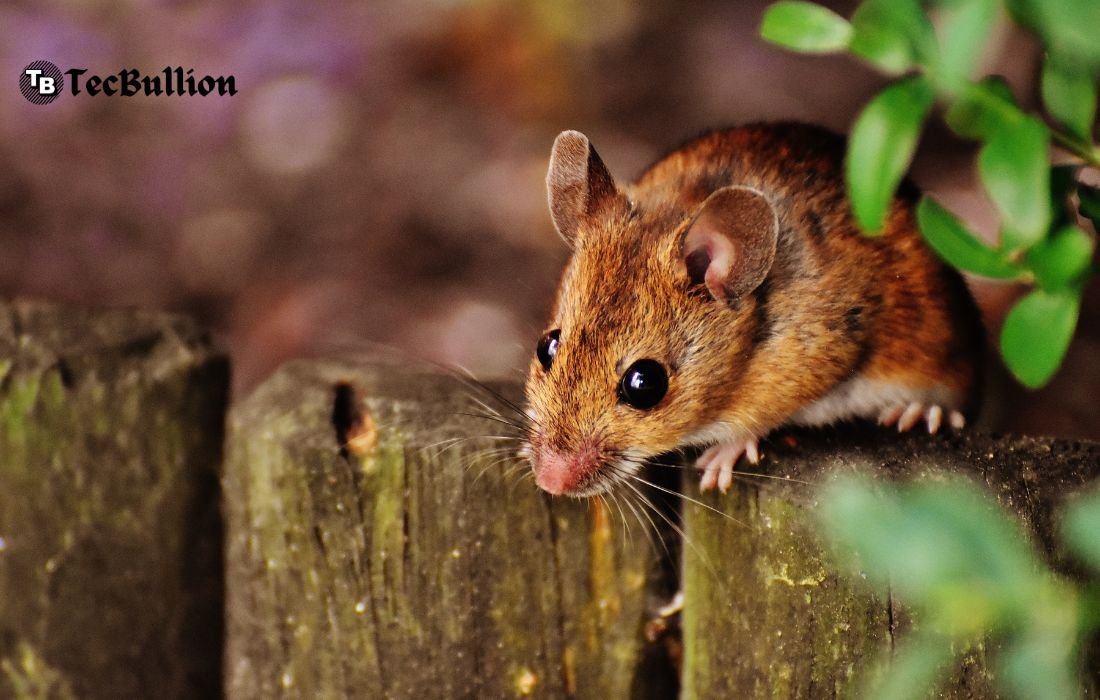The mouse is a small mammal that has been around for millions of years, evolving from primitive ancestors into the diverse and adaptable creatures we see today. Belonging to the rodent family, mice are closely related to rats, hamsters, and other small mammals. Fossil records suggest that early rodent-like creatures appeared during the Paleocene epoch, roughly 66 million years ago. Over time, these early rodents evolved and diversified into various species, with the common house mouse (Mus musculus) being one of the most well-known.
The adaptability of mice has allowed them to thrive in various environments, from dense forests to human habitations. Their small size, reproductive efficiency, and ability to consume a wide range of foods contributed to their success in different habitats. Mice have also evolved unique survival traits such as their nocturnal nature, which helps them avoid predators. The rapid reproduction rate of mice, which can result in several litters of offspring per year, has also ensured their survival despite facing numerous threats throughout history.
The Anatomy and Physiology of the Mouse
Mice may be small, but their bodies are highly specialized for survival. The average mouse has a compact body covered in fur, large ears for excellent hearing, and a long, thin tail that helps with balance. Mice typically weigh between 10 to 25 grams and measure about 3 to 4 inches long, excluding their tail.
The skeletal structure of a mouse is lightweight, allowing for agile movement. Their sharp incisors are designed for gnawing through tough materials like seeds, grains, and even household items. These incisors grow continuously throughout their lives, so mice must constantly gnaw to keep them from becoming too long. Their sense of smell is particularly acute, helping them detect food, danger, and even communicate with one another through pheromones.
Mice have a four-chambered heart, like most mammals, and their respiratory system is adapted to their small size, with fast, efficient breathing. Their high metabolic rate means they need to eat frequently, consuming about 15-20% of their body weight in food each day. Despite their size, mice can jump up to a foot high and squeeze through holes the size of a dime, thanks to their flexible ribcages.
Mice Habitats Around the World
Mice are incredibly adaptable and can be found in almost every corner of the world. In the wild, they prefer areas with abundant vegetation where they can find shelter and food. Grasslands, forests, fields, and meadows are some of the natural habitats for mice. However, they are also frequent dwellers in human environments, such as homes, barns, and urban areas, where they find easy access to food and shelter.
Different species of mice have adapted to various climates. For instance, desert mice have evolved to survive in arid environments by conserving water, while some forest-dwelling species have developed enhanced climbing abilities to navigate trees. The house mouse, one of the most widespread species, has managed to coexist with humans across diverse regions, from temperate climates to tropical and even some colder environments.
Mice create nests in their habitats, using materials such as leaves, grass, and even paper when living in proximity to humans. These nests provide protection from predators and extreme weather. Mice are also known for their burrowing habits, especially species that live in rural and wilderness areas.
Mice Behaviors and Social Structures
Mice are social creatures with complex behaviors and social structures. In the wild, they live in colonies or family groups, often establishing a hierarchy where dominant individuals lead the group. Mice communicate with one another through a combination of sounds, body language, and pheromones. Some of these vocalizations, especially ultrasonic sounds, are used to communicate over short distances, particularly during mating or when establishing territory.
Despite their social nature, mice can also be territorial and aggressive toward intruders, especially males competing for mates. Female mice, on the other hand, often work together to raise their young, sharing responsibilities such as nursing and grooming the pups.
Mice are nocturnal and prefer to be active during the night. They have highly developed senses of smell, hearing, and touch, which help them navigate their surroundings in the dark. Their whiskers (vibrissae) are sensitive to touch and are used to detect obstacles in their environment. Mice also display a behavior called “thigmotaxis,” meaning they prefer to stay close to walls or solid objects to feel safe from predators.
The Role of Mice in Ecosystems
Mice play an essential role in ecosystems as both prey and consumers. They are a primary food source for a variety of predators, including birds of prey, snakes, foxes, and even larger mammals like coyotes. Without mice, many predator populations would struggle to find sufficient food.
Mice also contribute to seed dispersal and soil aeration. As they gather and store seeds, they often forget some of them, leading to the growth of new plants. Additionally, their burrowing activities help to aerate the soil, which is beneficial for plant growth. In some ecosystems, they also help control insect populations, as many species of mice consume insects in addition to seeds and grains.
In some cases, mice can also have negative impacts on ecosystems, particularly when introduced to environments where they are not native. For example, on some islands, the introduction of mice has led to the decline of native bird species, as mice consume bird eggs and compete for resources.
Threats to Mouse Populations
Despite their adaptability, mice face several threats that can impact their populations. Natural predators such as owls, hawks, snakes, and cats pose a constant danger to mice in the wild. In human environments, mice are often considered pests and are targeted with traps, poisons, and other methods of control.
Habitat destruction is another significant threat to wild mouse populations. As forests are cleared and urban areas expand, mice lose their natural habitats and must adapt to living closer to humans or in more challenging environments.
Additionally, climate change may also affect mouse populations by altering their habitats and food availability. Changes in temperature and weather patterns could lead to shifts in the distribution of mouse species, with some potentially facing declines if they cannot adapt quickly enough.
Interesting Facts About Mice
Mice are fascinating creatures with a number of interesting traits and behaviors:
- Mice can produce over 100 ultrasonic sounds. These sounds are often used during courtship or to communicate with their young.
- Mice have a powerful sense of smell. They use this sense not only to find food but also to identify each other and their surroundings.
- Mice can jump high relative to their size. A mouse can leap up to 12 inches into the air, which is impressive given their small stature.
- Mice are excellent swimmers. While they prefer to stay dry, mice can swim if necessary and have been known to survive in water for long periods.
- A mouse’s teeth never stop growing. This is why they constantly gnaw on things to keep their teeth from becoming too long.
- Mice have incredible memories. They are able to remember the layout of mazes and locations of food after just a few explorations.
The Cultural Significance of Mice
Mice have held various symbolic meanings throughout history and across cultures. In some societies, mice are seen as pests and carriers of disease, while in others, they are revered for their cleverness and adaptability. For example, in Chinese culture, the mouse is one of the 12 animals in the zodiac, symbolizing quick wit and resourcefulness. People born in the Year of the Mouse are thought to be intelligent, creative, and good at problem-solving.
In popular culture, mice have often been depicted in literature and entertainment. The most famous example is perhaps Mickey Mouse, an iconic character created by Walt Disney. Mickey’s cheerful and optimistic personality has made him a beloved figure worldwide.
In Hindu mythology, the mouse is associated with Lord Ganesha, the deity of wisdom and success. Ganesha’s mouse, known as Mooshak, is a symbol of humility, as it is a tiny creature that serves a mighty god. In this context, the mouse represents the idea that even small and seemingly insignificant beings have a purpose and role in the universe.
Conclusion
Mice are small but mighty creatures that have successfully adapted to a wide range of environments around the world. From their evolution millions of years ago to their important role in ecosystems today, mice are an essential part of nature. They have fascinating behaviors, intricate social structures, and impressive survival skills that have allowed them to thrive in various habitats. While mice face numerous threats from predators, humans, and environmental changes, their resilience ensures they remain one of the most widespread mammals on the planet. The cultural significance of mice only adds to their enduring presence in human society, showing that these tiny animals have had a remarkable impact on both the natural world and human culture.





